Monday Maritime Matters
September 24th, 2007 by xformed
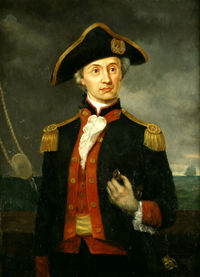
Serendipitous? Yes it is. Eagle1 brings us back to the famous battle of John Paul Jones 9/23/1779 in his Sunday Ship History series.From Wikipedia some details of John Paul Jones’ life:
John Paul Jones (July 6, 1747–July 18, 1792) was America’s first well-known naval hero in the American Revolutionary War.
John Paul Jones was born John Paul in 1747, on the estate of Arbigland in the Stewartry of Kirkcudbright on the southern coast of Scotland. John Paul’s father was a gardener at Arbigland, and his mother was a member of Clan MacDuff.
John Paul adopted the alias John Jones when he fled to his brother’s home in Fredericksburg, Virginia in 1773 to avoid the hangman’s noose in Tobago after an incident when he was accused of murdering a sailor under his command. He began using the name John Paul Jones as his brother suggested during the start of the American Revolution.
Though his naval career never rose above the rank of Captain in the Continental Navy after his victory over the Serapis with the frigate Bonhomme Richard, John Paul Jones remains the first genuine American Naval hero, and a highly regarded battle commander. His later service in the Russian Navy as an admiral showed the mark of genius that enabled him to defeat the Serapis.
Jones simply was not as good a politician as he was a naval commander, in an era where politics determined promotion, both in America and abroad. Though he was originally buried in Paris, after spending his last years abroad, he was ultimately reinterred at the United States Naval Academy, a fitting homecoming for the “Father of the American Navy.”
The famous battle with the HMS Serapis is covered by Eagle1.
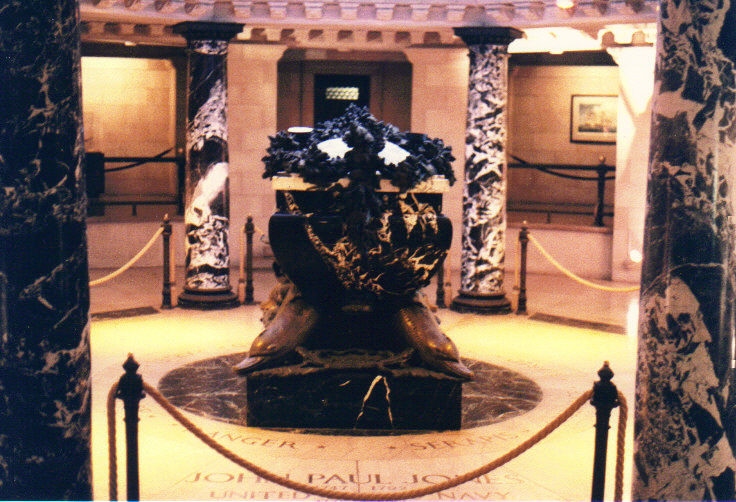
Other notes of interest about John Paul Jones. After the Revolution, he left the US for France and ended up being commissioned in the Russian Navy as an Admiral. He then had the opportunity to take on an early fight against the Ottoman Empire:
[…]
As a rear admiral aboard the 24-gun flagship Vladimir, he took part in the naval campaign in the Liman (an arm of the Black Sea, into which flow the Southern Bug and Dnieper rivers) against the Turks. Jones successfully repulsed Ottoman forces from the area,
[…]
Through a series of unfortunate events of internal Russian Navy politics, he was released from service there. Retuning to France, he died there July 18th, 1792. Buried in Paris, his graveyard was later sold and then left untended. His body was found in 1905, having been searched for by the US Ambassador to France, Horace Porter for six years. John Paul Jones remains were carried to the US aboard USS BROOKLYN (CA-3) escorted to the US by three other cruisers, and met by seven battleships as they neared the coast of the US. In 1913, his remains were placed in the Chapel at Annapolis, in a ceremony presided over by President Theodore Roosevelt.
Five ships have been named in honor of John Paul Jones:
- USS PAUL JONES, a sidewheel steamer commissioned in 1862
- USS PAUL JONES (DD-10), a . Commissioned in 1902, she saw duty in the Pacific Fleet and in the Atlantic running convoys in the Western Atlantic. Once caught in a raging storm in January 1918, she almost was lost, but made her way yo drop anchor off Bermuda and made repairs. She was decommissioned in 1919.
- USS PAUL JONES (DD-230), a CLEMSON Class destroyer commissioned in 1920. Initially assigned to the Asiatic Fleet, she was in the Java Sea when the Japanese opened WWII. Escaping after several battles with Japanese forces, she transferred to the Atlantic Fleet as was assigned to convoy duties. She won two battle stars for her WWII service and was decommissioned in 1945.
- USS JOHN PAUL JONES (DD-953), a FOREST SHERMAN Class destroyer. Commissioned in May, 1955, she served in the Atlantic Fleet and had the distinction of recovering Virgil Grissom and John Young after their aborted Gemini IIIflight of two orbits vs the three planned. DD-932 was later converted to a DDG, and redesignated DDG-32 in 1967. Decommissioned in 1982.
- USS JOHN PAUL JONES (DDG-53), the third ship of the AEGIS Class ARELIGH BURKE guided missile destroyers. Commissioned 12/18/1993, she was the first of the class to be assigned to the Pacific Fleet. Another early distinction for the JPJ was to be assigned as the shock test platform for the class.
USS JOHN PAUL JONES (DDG-53) was one of the US Navy’s “first responders.” 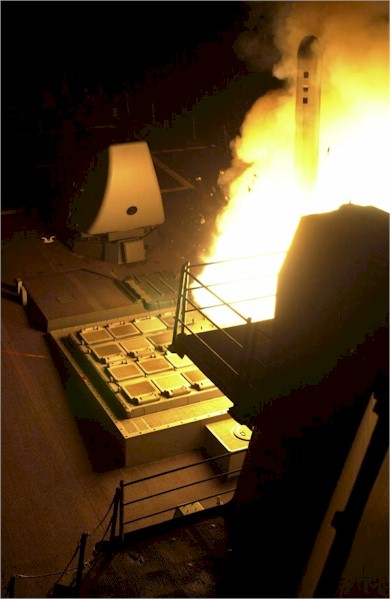
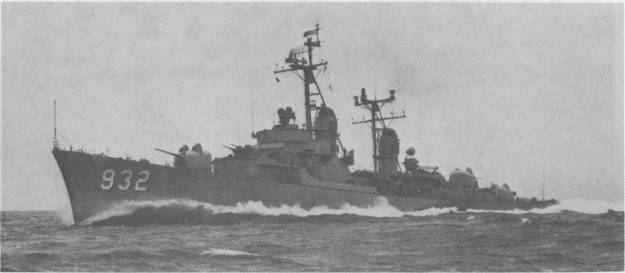
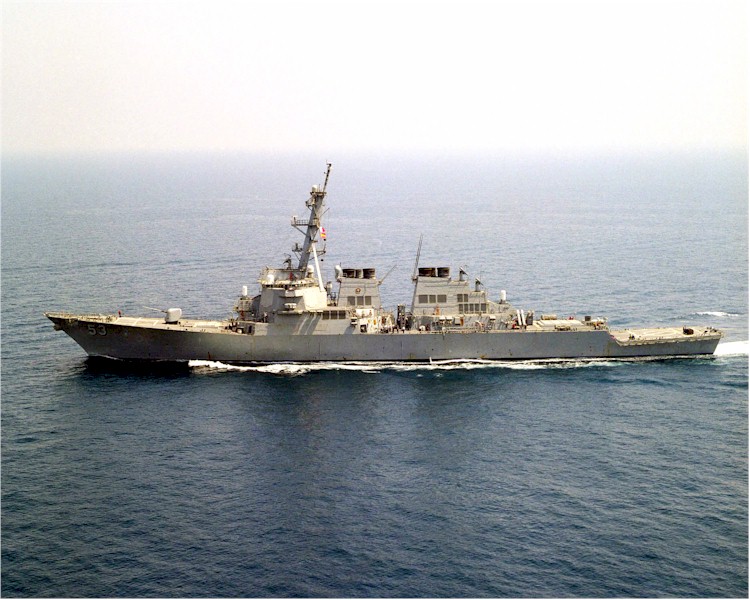
Here’s a link to the USS John Paul Jones Association, which includes history for all of the ships named for the famous Naval hero.
This entry was posted on Monday, September 24th, 2007 at 7:38 am and is filed under History, Maritime Matters, Military, Military History, Navy. You can follow any responses to this entry through the RSS 2.0 feed. Both comments and pings are currently closed.